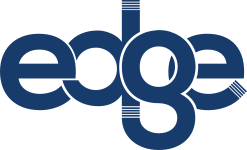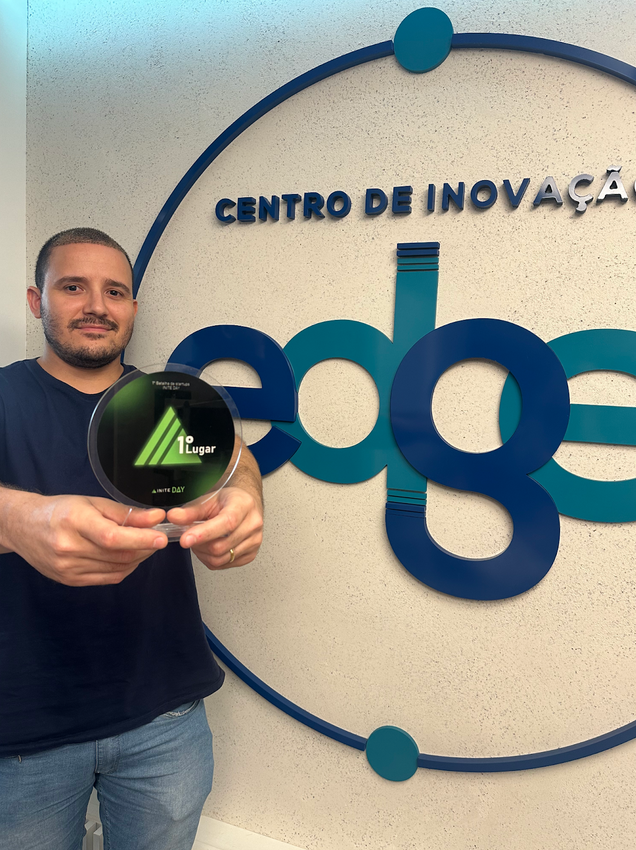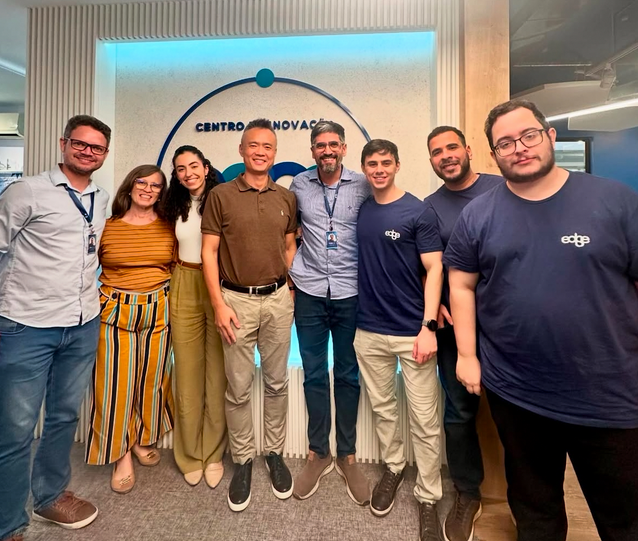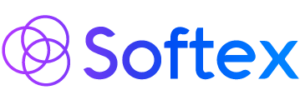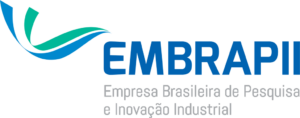_News
Artificial Intelligence in purchasing processes – significant savings and competitive advantages for companies
Based on the analysis of historical data, it is possible to predict the future demand of companies, helping to maintain ideal stock levels.
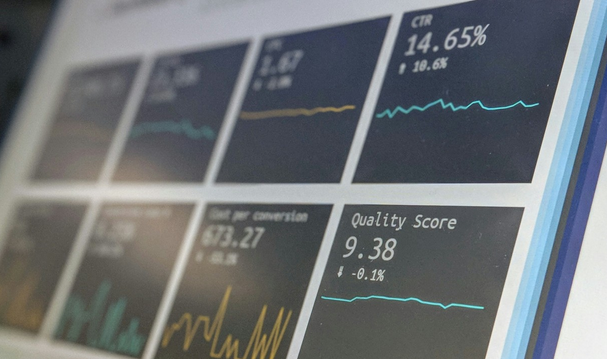
The use of Artificial Intelligence can revolutionize purchasing processes and improve business productivity in several ways. Tools and systems customized to the needs of a business can analyze historical data and predict the future demand of companies, helping to maintain ideal stock levels, with a demand forecast.
With the use of these technologies, it is also possible to improve inventories, suggesting optimizations, minimizing storage costs and avoiding product shortages. AI can also analyze the performance of suppliers based on several criteria, such as delivery time, product quality and costs.
There is also Task Automation, in which AI software can automate repetitive tasks, such as filling purchase orders, sending confirmations and updating order status, also generating dashboards and detailed reports, thus providing insights for decision-making.
Edge Solutions – At the Edge Innovation Center, we develop several AI projects aimed at purchasing processes and increasing business capacity in companies. Using the Open Air tool, among others, we provide our partners with solutions that not only speed up, but also monitor such processes much more efficiently.
In partnership with one of the largest medical technology companies in the world, Edge developed a solution using natural language processing to identify tenders for the purchase of computed tomography equipment.
This type of acquisition involves several specificities and requirements, which demand a lot of time from the professionals involved, with in-depth technical knowledge. Therefore, the idea was to develop intelligent software capable of interpreting the tenders and automatically suggesting which equipment in the company’s portfolio could meet that demand. It was necessary to implement an environment that would allow the storage, consultation and reading of the tenders, and then develop a mechanism for processing text in natural language, which could facilitate validation and recommendations to the client.
With this, hundreds of parameters, ranging from the size of the equipment, cut thickness and opening, profile of the patients to be examined and execution capacity, began to be evaluated and recommended. Each of these characteristics was catalogued and assigned to a business rule, which was able to associate it with an attribute existing in the brand’s equipment, or indicate a possible absence of such specification.
In this way, Edge was able to reduce the time taken to identify business-related notices from up to two weeks to 15 minutes, reduce the time spent analyzing each notice, identify patterns in the most common market requests, increase the company’s competitive capacity for this type of contracting and promote scalability in the company’s commercial sector.
With this type of solution, Edge offers concrete results to the market, increasing its operational capacity and satisfaction in projects.
Share
Cooperation Agreement between Vertex and Ufal encourages innovation in Alagoas
Strategic alliance between the ICT linked to Edge expands [...]
Edge researcher app wins award aimed at startups
With a combination of advanced technologies, the 'See U [...]
Chinese oil and gas company learns about the Edge Innovation Center
Meeting with CNOOC International, China's largest offshore crude oil [...]
Edge Innovation Center Scholars Win ‘Innovation Marathon: Games’
With the entertainment game ‘Kekokada’, students from the Institute [...]
